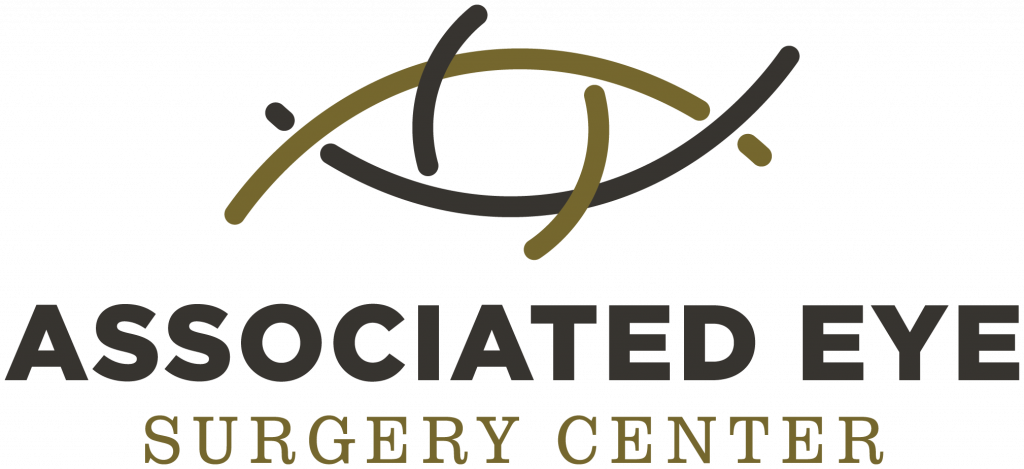Baerveldt Implant - Glaucoma Drainage Devices
Sometimes, a trabulectomy is not effective, or the eyes may exhibit extensive scarring from previous surgeries. If this is your experience, your doctor may recommend a tube shunt procedure called a glaucoma drainage device (GDD). Glaucoma drainage devices are designed to route fluid (aqueous humor) from the anterior chamber of the eye to an external reservoir. GDDs have been performed for about 40 years and have been improved for maximum success and intraocular pressure (IOP) control, but one of the newer and most successful types of GDDs is a Baerveldt implant.
How does the procedure work? Your doctor will place a silicone tube attached to a tiny plate in your eye. Working similarly to a heart stint, the tube shunts the aqueous humor to the plate which is attached to the white portion of your eye called the sclera. The drained fluid collects in a blister or bleb in the conjunctiva and then is absorbed into the blood vessels on the surface of your eye. The device is usually not visible and is hidden under the eyelid.
Before the Surgery
Your surgeon will go over your current medications and advise you accordingly. If you are taking blood thinners such as Coumadin, you will have to get your levels checked two weeks before the procedure. Often, Baerveldt implant surgery will be done under general anesthesia but under certain circumstances local anesthesia will be used.
During the Surgery
After your anesthesia has been administered, your surgeon will make a small incision in the conjunctiva to allow adequate exposure for the plate. The implant will be anchored between two rectus muscles and will secure with sutures. The entire surgery will take about two hours.
After the surgery
You may experience redness or swelling after the surgery, and your eyelid may droop a bit. This will go away after a few weeks. You will be seen by your doctor the day following the GDD implant surgery. Often, you will be given a topical antibiotic and steroid to use four times daily for four to six weeks. Most patients take about two weeks off work, but if your job is manual labor, you will want to take more time to recuperate. During the recovery period, you should avoid bending down as this puts tremendous pressure on the eye. You should also avoid activities such as swimming, tennis, running and any contact sports. You will probably be seen again in one week and after that, your doctor will determine the frequency of subsequent visits. You may or may not have to continue your glaucoma drops after surgery, but your doctor will discuss this with you at your post-op appointments.
Results
Baerveldt drainage devices have proven to be extremely effective (70 to 80 percent) in controlling IOP and have a lower risk of surgical failure than other GDDs. This may be due to the larger surface area of the Baerveldt device. They are often preferred over trabulectomy because there is a lower risk of infection and low eye pressure called hypotony. Studies show that if Baerveldt implants are still functioning successfully after five years, most continue to function long after that as well.
